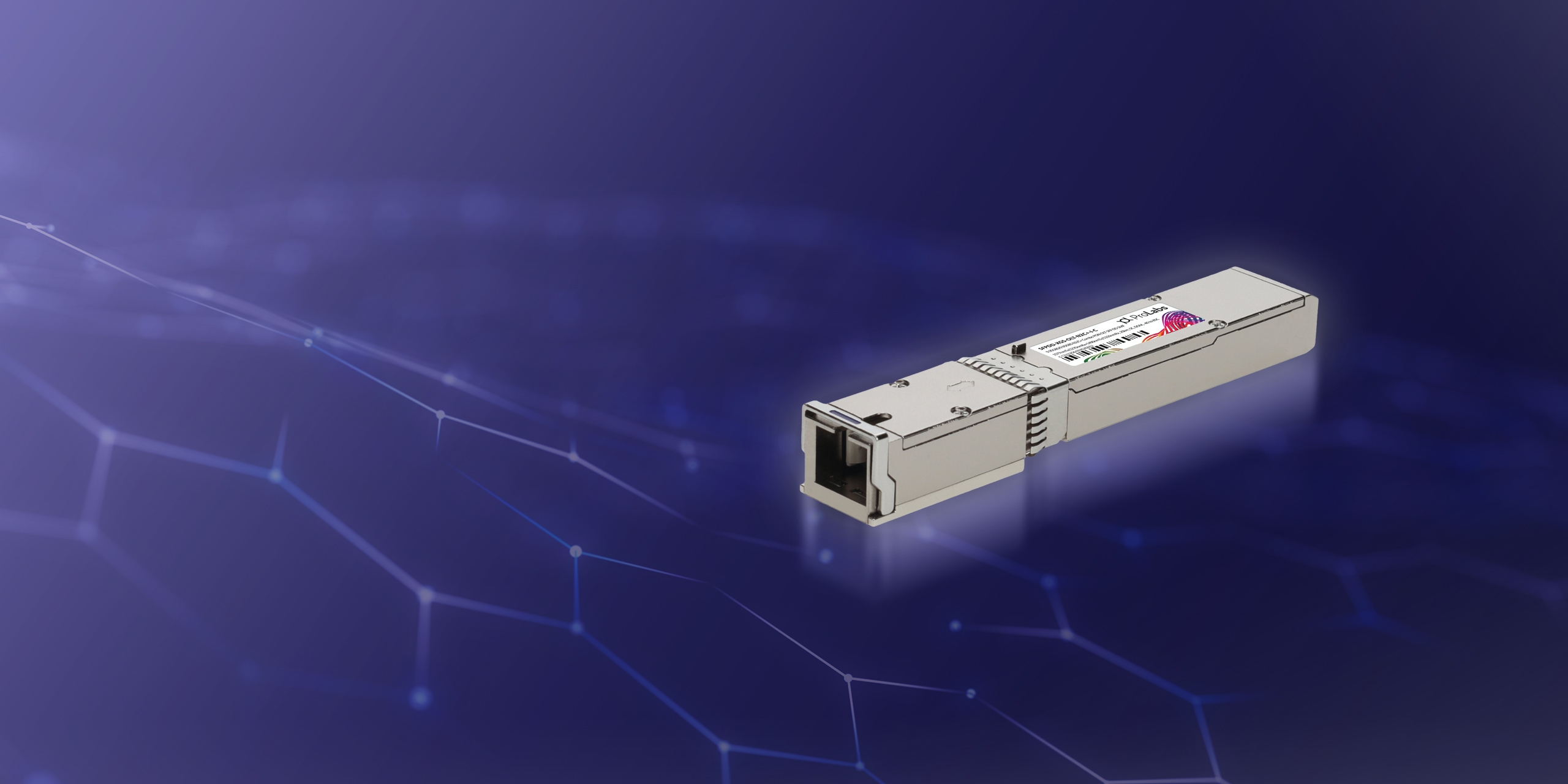Are you confused by the difference between SFP, SFP+, SFP28, QSFP+, and QSFP28 transceivers? You’re not alone.
As networks scale to meet the demands of cloud computing, AI, and edge services, choosing the right transceiver, with the correct acronym has never been more important.
In this guide, we break down the differences between these modules and help you make the best decision for your infrastructure—whether you're upgrading a legacy system, increasing the bandwidth of a modern network or building a future-ready data center.
What Are Optical Transceivers and Why Do They Matter?
Optical transceivers are the backbone of modern networking. These compact, hot-swappable modules plug into switches, routers, and servers to enable high-speed data transmission over fiber or copper.
Key Functions:
- Signal Conversion: Convert electrical signals to optical signals and vice versa
- Protocol Flexibility: Support Ethernet, Fiber Channel, InfiniBand, and more
- Scalability: Allow networks to scale bandwidth without replacing core hardware
Why They Matter:
- Enable long-distance, high-bandwidth communication
- Reduce downtime with hot-swappable design
- Offer flexibility in network design and upgrades
What are SFP Transceivers?
SFP (Small Form-factor Pluggable) Transceivers - as a concept, are modules that are compact, hot-swappable pluggables used for both telecommunication and data communications applications.
Breaking Down the Transceiver Types
SFP (1G)
Basic SFP supports speeds up to 1.25 Gbps and are ideal for legacy systems or low-bandwidth applications.
Speed: Up to 1.25 Gbps
Use Case: Legacy systems, industrial networks
Connector: LC or RJ45
Distance: Variants: SR (short range, 100m), LR (long range, 10Km), ER (extended range, 40Km), ZR (80Km), ZR+ (Up to 160 km)
SFP+ (10G)
SFP+ is an enhanced (slightly larger) version of an SFP, supporting up to 10 Gbps. It’s widely used in enterprise and data center networks for 10G Ethernet and Fiber Channel applications. SFP+ ports are backward compatible with SFP modules, making them a flexible upgrade path.
Speed: 10 Gbps
Use Case: Enterprise core, SANs, Top of Rack (ToR) switches
Backward Compatible: With SFP (at 1G speeds)
Variants: SR (short range, 100m), LR (long range, 10Km), ER (extended range, 40Km), ZR (Zero Dispersion Shifted Range, 80Km)
SFP28 (25G)
SFP28 supports 25 Gbps per lane and are physically identical to SFP and SFP+. It’s optimized for 25G Ethernet and is a key building block for 100G networks (4x25G). SFP28 offers higher bandwidth without sacrificing port density, making it ideal for modern data centers.
Speed: 25 Gbps
Use Case: Modern access layers, 100G aggregation (4x25G)
Form Factor: Same as SFP/SFP+
Benefits: Higher bandwidth without sacrificing port density
Backwards compatibility: SFP28 is backwards compatible and will work at 10G and 25G
QSFP+ (40G)
QSFP+ (Quad Small Form-factor Pluggable Plus) supports 4x10G lanes, delivering 40 Gbps total bandwidth. It’s commonly used in spine-leaf architectures and high-performance computing environments. QSFP+ modules often use MPO connectors and support both SR4 and LR4 variants.
Speed: 40 Gbps (4x10G lanes)
Use Case: Spine switches, HPC, metro aggregation
Connector: MPO or LC
Breakout: Can split into 4x10G SFP+ links
Backwards compatibility: Technically not backwards compatible although we offer adaptors that allow a 10G SFP+ to be used in a QSFP+ port. However, success in adaptation is dependent upon factors outside of the control of the transceiver.
QSFP28 (100G)
QSFP28 supports 4x25G lanes, totaling 100 Gbps. It’s the go-to transceiver for 100G Ethernet, offering high density and low power consumption. QSFP28 is backward compatible with QSFP+ ports (at 40G speeds), making it a future-proof investment.
Speed: 100 Gbps (4x25G lanes)
Use Case: Hyperscale data centers, AI/ML clusters
Backward Compatible: With QSFP+ (at 40G)
Efficiency: High density, low power, future-proof
Backwards compatibility: backwards compatible with QSFP+ pluggables
Choosing the Correct Transceiver
Here we explain which is right for your environment
Feature | SFP | SFP+ | SFP28 | QSFP+ | QSFP28 |
|---|
Max Speed | 1.25 Gbps | 10 Gbps | 25 Gbps | 40 Gbps | 100 Gbps |
Lanes | 1 | 1 | 1 | 4x10G | 4x25G |
Connector | LC/RJ45 | LC/RJ45 | LC | MPO/LC | MPO/LC |
Use Case | Legacy | 10G Core | 25G Access | 40G Spine | 100G Core |
Compatibility | SFP | SFP | SFP+ | QSFP+ | QSFP+ |
How to Choose the Right Transceiver
Bandwidth Needs
- 1G for legacy or low-traffic environments
- 10G for standard enterprise workloads
- 25G/100G/200G/400G/800G for modern, high-performance networks
Distance & Environment
- SR for intra-rack or short links
- LR for inter-building or metro links
- Consider temperature and ruggedization for industrial use
Compatibility
- Check switch/router model compatibility
- ProLabs offers 100% OEM interoperability
Cost Efficiency
- SFP28 and QSFP28 offer best cost-per-bit
- Breakout cables reduce port costs while increasing flexibility
Future-Proofing
- Choose transceivers that support modular upgrades
- QSFP28 with breakout to 4x25G is ideal for scalable growth
Future-Proof Your Network with ProLabs
As your network grows, your transceivers should scale with it. Whether you're transitioning from 10G to 25G or building a 100G backbone, or want to scale your HPC performance with the latest 400G or 800G modules. ProLabs delivers high-quality, rigorously tested, and fully compatible optical solutions.
Understanding the differences between SFP, SFP+, SFP28, QSFP+, and QSFP28 is key to building efficient, scalable networks. At ProLabs, we are the OEM alternative, offering high-quality, cost-effective transceivers that meet and exceed your performance needs without the traditional and costly vendor lock-in.
With global logistics, expert support, and commitment to value-led performance, ProLabs helps you build networks that are not only fast—but future-ready.



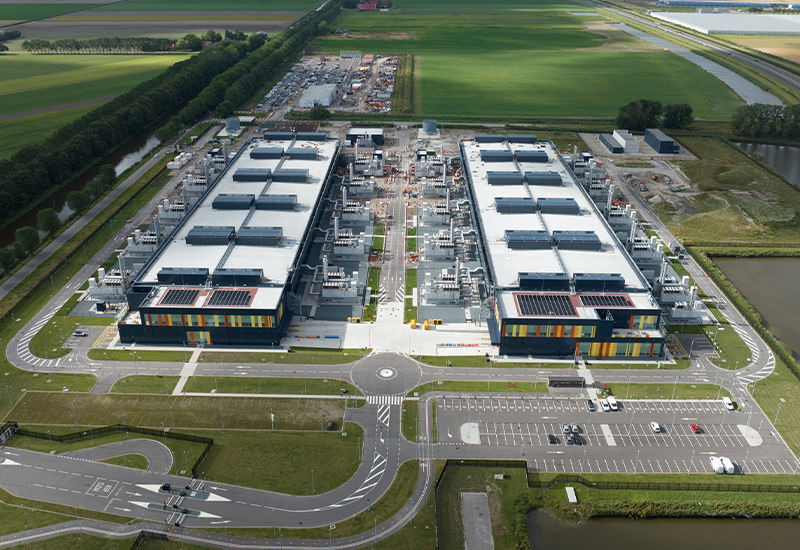

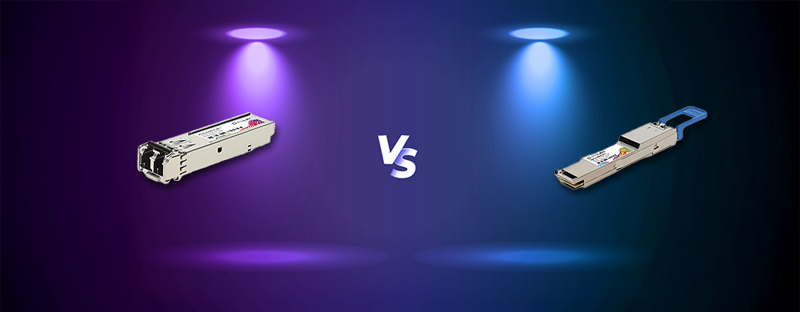


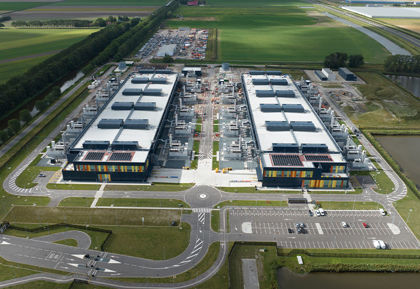
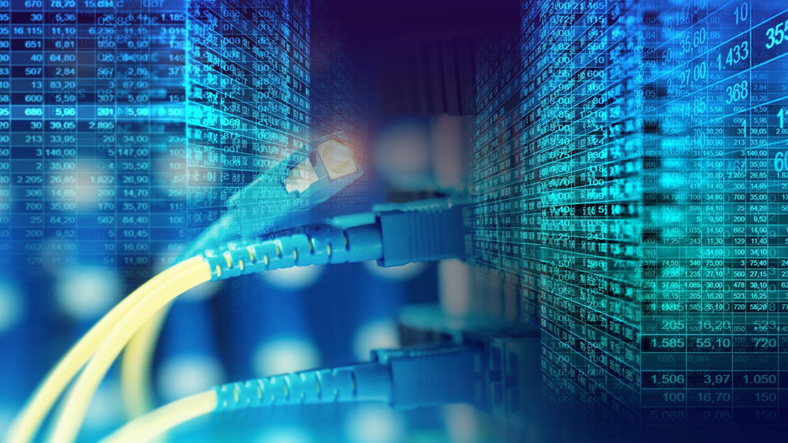

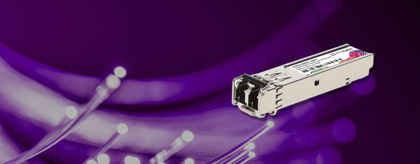

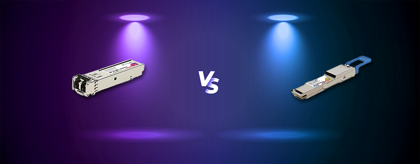

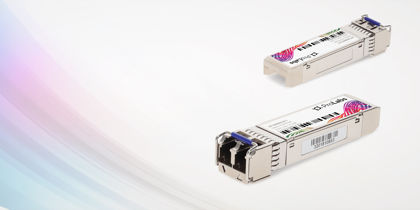
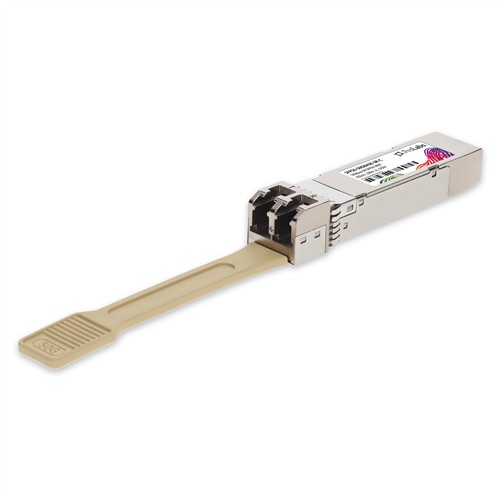
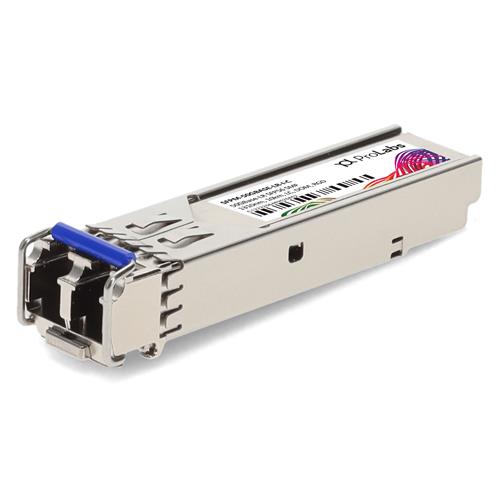
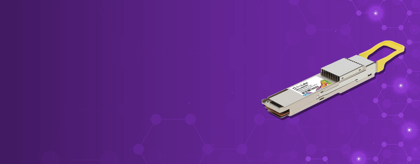
![Show blogposts by title Key network/IT challenges faced by modern healthcare today [COVID CRISIS] Picture for blogpost Key network/IT challenges faced by modern healthcare today [COVID CRISIS]](https://www.prolabs.com/images/thumbs/0001148_Hospital-IT_420.jpg)

